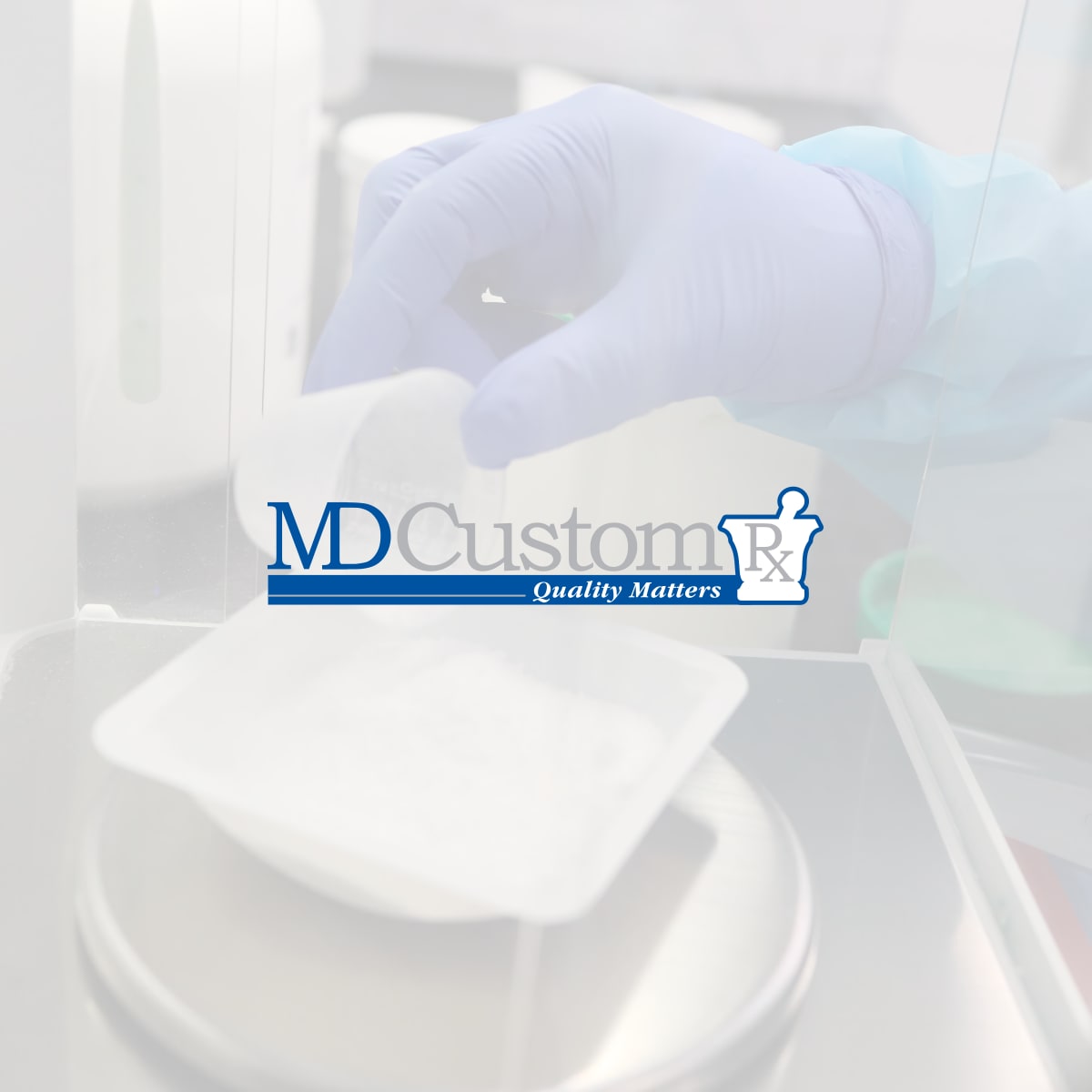By: Erin Orth, PharmD, RPh
Clinical Pharmacist at MD Custom Rx

For the majority of their lifetime, women deal with hormonal changes, from adolescence to pregnancy through menopause. With each hormone “phase” comes changes seen in the body, the brain, and even the emotions and personality, some of which can be quite difficult to endure.
Many women seek medical treatment from a healthcare professional for the symptoms that accompany menopause and peri-menopause (the 2-4 years between pre- and post-menopause), as they can be debilitating and can interfere with the simplest of tasks. Numerous healthcare providers treat women with prescriptions such as estrogen-like tablets (some of which contain hormones which are found in the urine of pregnant horses1) or estrogen-progestin (a progestin is a synthetic, fake progesterone3) containing medicines that have been shown in some studies to increase a woman’s risk for breast cancer2.
For these and other reasons, women often look to alternative, “natural” therapies to ease the symptoms of menopause. These hormones are sourced from a chemical called diosgenin, derived from Mexican wild yams. When placed under a microscope, they are exactly identical in structure and function to the hormones produced within the human body4. Restoring hormone deficiencies to physiological levels (levels that are optimal for “normal” functioning in humans) using bio-identical hormones has two main benefits: the first is the reduction of signs of menopause. Symptoms like hot flashes, night sweats, irritability, emotional instability, and weight gain can be managed with estrogen and progesterone supplementation. Mental fog, sluggishness, and weakened muscles can be improved using testosterone and/or DHEA replacement. The second major reason to restore the hormones to optimal range is for their long list of protective benefits. For example, optimizing estrogen and progesterone can protect organs and structures in the body like the brain and the intracellular bone matrix4. Increasing testosterone and DHEA levels can improve cardiovascular health, adrenal function, and promote the formation of lean muscle5. Conventional hormone replacement therapy can work somewhat to diminish symptoms of menopause, but they because they are not a perfect fit for our hormone receptors like bio-identical estrogen, progesterone, and testosterone are, they lack the ability to preserve function and protect our vital organ systems from the effects of hormone deficiency and rapid aging.
References:
1. Premarin [prescribing information]. New York, NY: Pfizer Inc; 2014.
2. Rossow JE, Anderson GL, Prentice RL, et al. Risks and Benefits of Estrogen plus Progestin in Healthy Postmenopausal Women: Principal Results from the Women’s Health Initiative Randomized Controlled Trial. JAMA 2002;288:321-33.
3. Sood R, Shuster L, Smith R, et al. Counseling Postmenopausal Women about Bioidentical Hormones: Ten Discussion Points for Practicing Physicians. JABFM 2011;24:202-7.
4. Leonetti HB, Longo S, Anasti JN. Transdermal Progesterone Cream for Vasomotor Symptoms and Postmenopausal Bone Loss. Obstetrics & Gynecology 1999;94:225-8.
5. Paoletti, J. A Practitioner’s Guide to Physiologic Bioidentical Hormone Balance. 2015;1-8.
